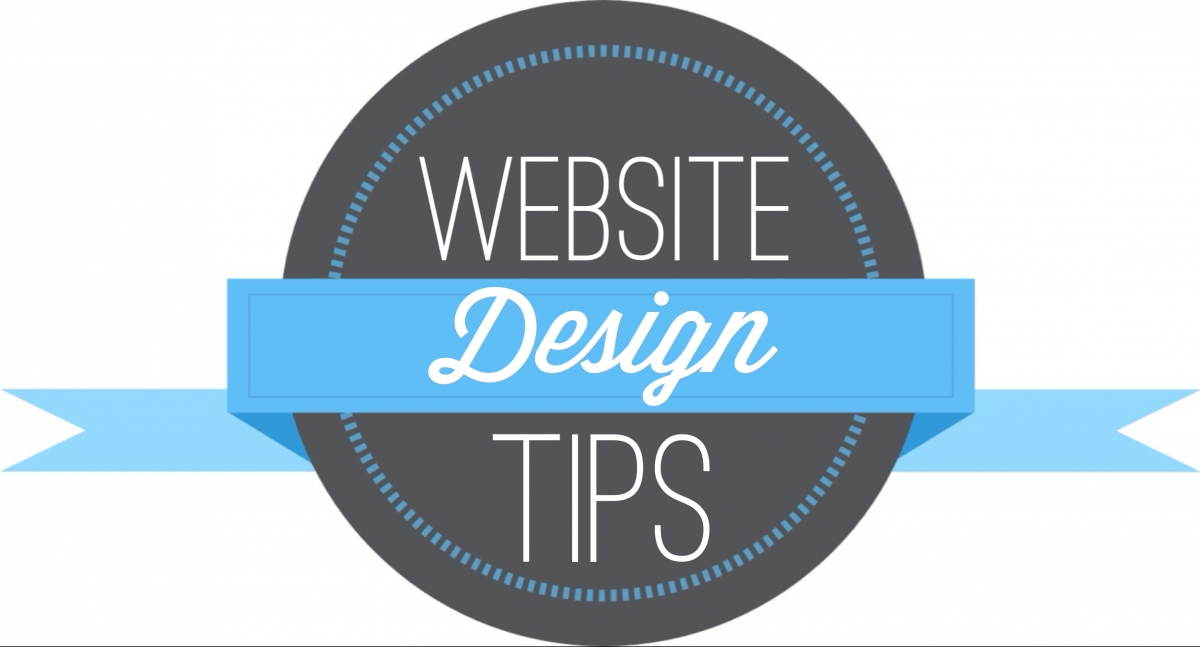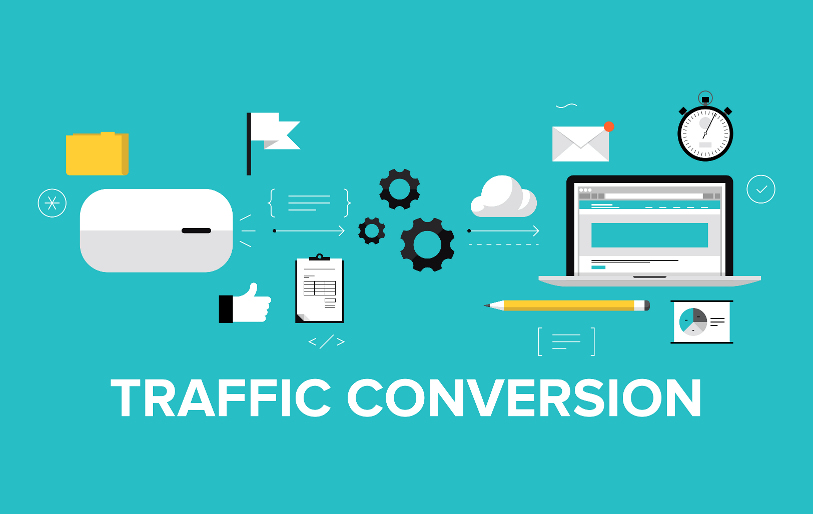
Here’s a short, actionable guide to make your website convert better than your competitors.
Small business owners obsess over more traffic, as it drives clients to their offerings and services.
They search the web for the best times to post on Facebook, or recent news about the latest Google SEO algorithm update. It’s no surprise then that competition on these platforms is at an all time high too; between competitors.
And yet one of the most effective, profitable techniques, flies by under the radar—being one of the least widely used.
The oft-quoted stat from eConsultancy is that for, “every $92 spent acquiring customers, only $1 is spent on converting them. That’s a shame, because many times the fastest and quickest way to improve your revenue (and put more money back in your pocket) is to focus exclusively on converting more traffic into leads and customers.
*eConsultancy
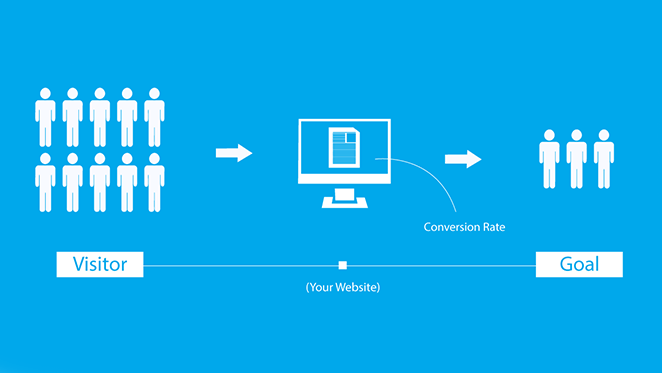
What is Conversion Rate Optimization?
Everyday, people come to your website.
And everyday, only around 1-2% of them will buy anything.
That means the rest—the overwhelming majority of 98-99% of visitors—are leaving your site. Possibly forever.
Increasing conversions, or the amount of people taking action on your website, is the first step towards boosting revenue.
But that doesn’t just mean purchases. There are two kinds of conversions on most websites:
- Macro-conversions: These are the big website goals, like product sales or service inquiries that are concrete and easy to track.
- Micro-conversions: These are the tiny commitments, or all the little steps, that people take on their way to making the big, final macro-conversion.
Conversion optimization then, simply means trying to increase the amount of people making tiny commitments (or micro-conversions) on your website, while also increasing the amount of needle-moving conversions (or macro-conversions) in the process.
And here’s why it’s important.
Let’s say you get 1000 website visitors each month and your current conversion rate is 1%. Simple math tells us you get 10 conversions on a monthly basis.
Boosting your traffic by say, 10% barely nets you a single new customer or lead. However a tiny conversion rate increase from 1-2% means doubling your results.
That means at a certain point, incremental increases in the amount of people you have signing up or opting in can deliver significantly more results than larger traffic gains in comparison.
So your first priority is to get more website strangers to become contacts or subscribers, and then turn more of those into leads and eventually customers.
Here is a quick rundown of some of the most common ways to do that.
Common Website Conversion Increasing Tactics
The decisions you made when initially creating your website have a huge bearing on the number of people signing up.
That means everything from the page layout, to the site theme design and content, to the way your pages link together can (and will) help people sign-up faster (or drive them away). Here’s how:
How Website Organization (Architecture) Affects Conversions
Information Architecture is a fancy term used to describe how content or information on your site is organized and linked together.
It’s an important concept because it helps present a logical ‘flow’ of information to new website visitors, that are all in different ‘stages’ of need awareness.
For example:
- Awareness: These people have no idea they need your product or service just yet.
- Information / Evaluation: These people are beginning to recognize they have a problem that needs solving, and are proactively looking for information or solutions to help.
- Purchase: These people have weighed up their options and are beginning to make a decision about who to work with, what the cost might be, etc.

As we’ve already discussed, only around 1-2% of the people coming to your website might be in that ‘Purchase’ stage.
Instead, we need to identify all of the other steps it takes visitors to progress through each stage, and create different offers for each.
Commonly, that includes:
- Awareness (Top of the Funnel): Typically information-based assets like eBooks, videos, guides and more that focus on the initial problem or topic that people are looking up.
- Information / Evaluation (Middle of the Funnel): These offers bridge the gap between the customer’s issue and your services. For example, an ROI calculator, product coupons and more.
- Purchase (Bottom of the Funnel): This last step tends to be those bigger-ticket items, like someone filling out a Quote Request form or adding products to their cart to buy.
Once someone downloads or opts-in for the first step, you’ll want to follow up with them (through the confirmation pages they see, social media or well-timed emails) to get them to take action at the next step too.
The result, is a system of many steps that can seamlessly move people from strangers to customers.
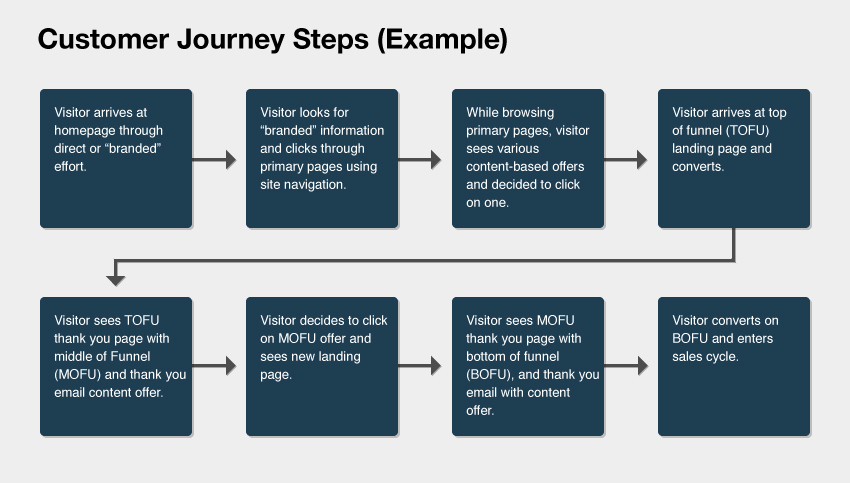
Landing Page Optimization (and A/B Testing)
When most people hear about conversion rate optimization, what they’re really thinking about is landing page optimization.
It’s important to keep in mind that common landing page strategies (like A/B testing) is really a subset of a much larger strategy.
Here’s how it works.
- You create multiple versions of the same page based on different criteria. (In the last section below, we’ll look at some individual elements to test on a page.)
- You pit those pages against each other, splitting traffic (and new visitors) to each.
- You watch how conversions (and the conversion rate) of each page begin to take shape over the period of a few days to a few weeks.
- Once you reach ‘statistical significance’, you can safely say one page is better than the other.
- Now you can take your learnings, and carry them through the rest of the pages (or site) in an effort to improve results across the board.
Despite sounding complex, you can get started running tests like this in a matter of hours with good tools like Unbounce.
Simple Marketing Automation Techniques
Email marketing is commonly cited as one of the most powerful digital marketing channels available, even today, besting Facebook and Twitter by as much as 40X in bringing in customers.
Mckinsey.com
But while over 60% of marketers use it, only 13% use marketing automation – despite it possessing the ability to deliver twice as many leads.
Those results come from the fact that you’re (a) delivering the right message, (b) to the right person, (c) at the right time (in other words, marketing’s Holy Trinity).
Each workflow or sequence of emails is designed to accomplish a particular action (e.g. click on a link, fill out a form). When someone takes an action, a new sequence of events gets ‘triggered’ to make sure that person is receiving a completely personalized email.
These typically last for anywhere from a few days to a few weeks, before this person is removed from one list and added to another (depending on actions taken, or not taken).
3 Easy, Practical Ways to Do Conversion Rate Optimization This Week
Conversion optimization sounds like a complex, sophisticated process involving lots of technology and heavy math.
Fortunately, that’s not the case.
Instead, if you know where to look, you can quickly spot a few places to find the ‘low hanging fruit’ that can deliver quick wins by the end of the week. Here are three specifically.
1. Find (and Fix) Underperforming Pages
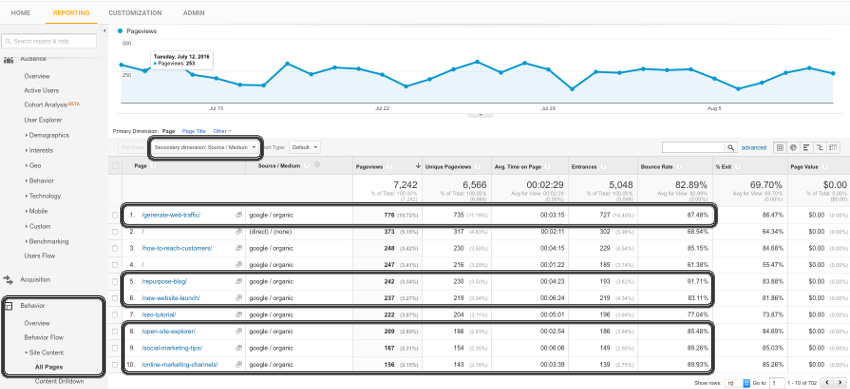
Many of your old blog posts and pages are probably bringing in the bulk of Organic Search (or SEO) traffic.
Trouble is, because you’ve most likely forgotten (or neglected) them for weeks, months, or even years, chances are they each have above average bounce rates (leading most of the visitors to leave immediately after landing on your site).
For example, sorting pages by bounce rate can tell you where these ‘website leaks’ are occurring.
Grab those pages, and improve! Add more content, use better images, try multimedia like video or audio, and use new offers or calls to action.
You can even try using resources like CrazyEgg to get a sense for why the page is falling short of your visitor’s expectations.
The next tip comes courtesy of Andy Crestodina of Orbit Media, and it’s one of the simplest yet impactful changes to make on your website.
First, start by looking up all of the Goal conversions on your website. The easiest way is to look up the Reverse Goal Path report in Google Analytics.
Then, look at which pages occur frequently right before a conversion happens. Chances are, you’ll see that there’s a small collection which deliver your highest conversions.
So now you know those pages are working well and assisting in converting new leads and visitors on your website.
Now go to all of your other pages (especially those underperforming ones identified a second ago) and add new internal links or calls-to-action that redirect visitors to your highest converting pages.
3. A/B Test These Page Elements
Technically speaking, A/B tests are supposed to be reserved primarily for testing very specific elements (like two headline variations). However I find it helpful to start your landing page optimization broad at first, and then get more specific or granular as you go.
For example, instead of starting with a few CTA button color variations which might not pan out for some time, start with the basics:
- Offer: Does an eBook or coupon drive better results? Not sure, so try a simple test to find out!
- Messaging: Most companies are great at using positive messages that reinforce what people stand to gain for your product or service. However, what about the pain of loss? Many times, negative messaging can grab more attention or be more persuasive.
- Layout: The page’s overall user experience and layout can have a huge effect on conversions, presenting information in a logical order or obscuring the important details leading to confusion.
- Imagery: Visuals can help by showing what people are going to get as a result of your product or service, or they can distract readers with irrelevant placeholders.
- Headline: The best headlines stem from some deeper, primal motivation. For example, taping into their urge to succeed and avoid failure.
- CTA: Action words and verbs tend to convert best over vague, general statements like ‘Subscribe’.
Improve Your Conversions Incrementally
Most businesses are great at driving more traffic to their website.
But less are masters at increasing the amount of people converting on their site (even though, in many cases, the results are much more impactful).
Despite how the name sounds, conversion optimization is actually pretty straightforward. Your goal is to make it easy for people to find what they’re looking for, creating parts of your site to cater to different groups.
Once you get them to a page, you can start to run landing page tests, such as identifying A/B variations that can improve results quickly.
And after someone finally opts in or purchases a product, you can send them automated emails designed personally for that moment.
It might take some digging and a little bit of planning to improve your conversions one adjustment at a time. But with the three tips outlined here, you’ll be able to make some significant changes by the end of the week that will quickly pay for themselves.

Digital Marketing Strategist / Denver, COFounder of Codeless, a long-form content creation company who’s content has been highlighted by The New York Times, Business Insider, The Next Web, and dozens more.
To get our new tips and advice, straight to email, please fill in the form below. Expect 1 or 2 per week. Cancel anytime.

